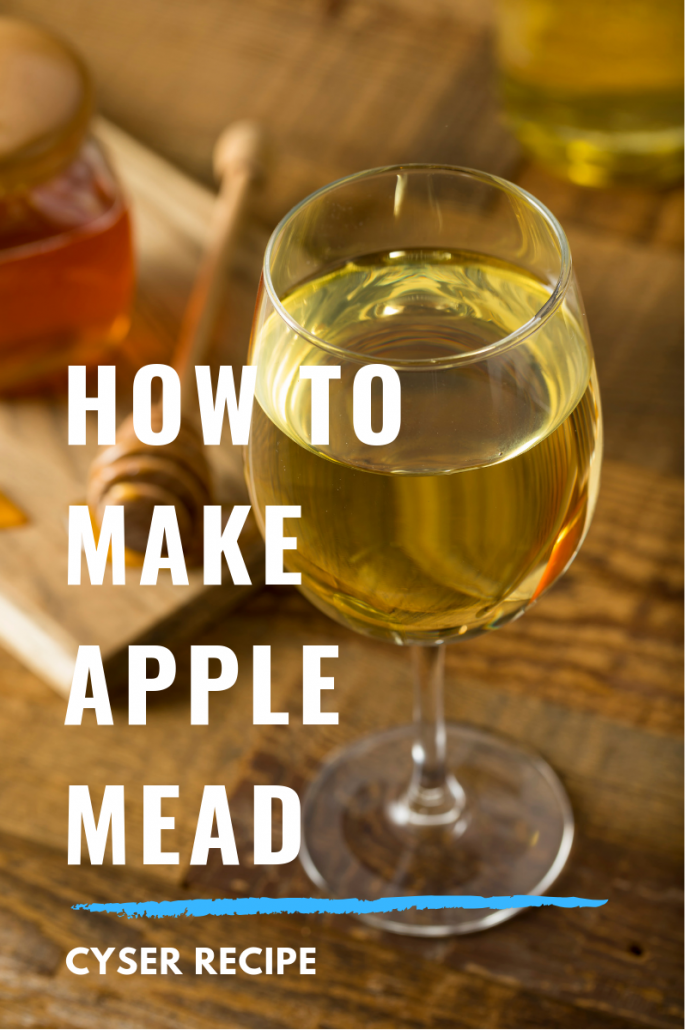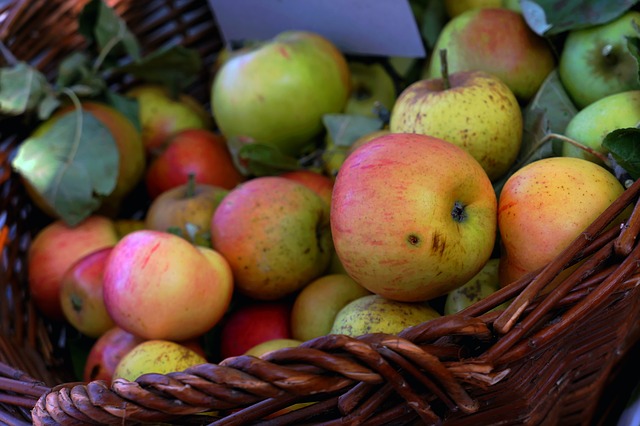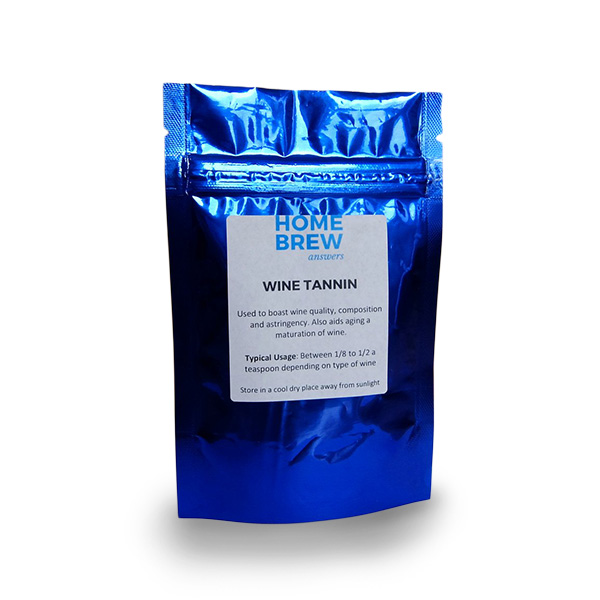Apple Mead / Cyser Recipe

Apple mead goes by a variety of names, Apple Melomel, Cyser, Applejack or simply apple mead. It is the combination of two delicious drinks and the result is unique and delicious in it’s own right. Making Apple mead is really simple to make and this recipe is definitely one to try.
Table of Contents
Mead & Cider Combined
The combination of mead and cider goes back centuries in western Europe. Mead is the most ancient of alcoholic beverages in the world and many European countries have the correct climates to produce lots of apples.
Cider makers would have seen the opportunity to increase the strength of their cider by the addition of simple sugars in the form of honey to produce a more complex, much stronger beverage.
What Strength Is Apple Mead or Cyser?
The alcoholic strength of any drink is determined by the amount of sugar available for the yeast to ferment. The sources of sugar in apple mead come from honey and apples.
Cider apples or apple juice typically ferments to produce an ABV of between 4 – 7% on top of this in an apple mead we have honey. Honey is just sugar so however much we add will determine the finished alcohol content. The more honey we add the higher the ABV.
This recipe will produce a apple mead of around 12 – 13%. At this level, the apple mead is like a dry white wine. It is crisp and refreshing. If you add more honey the apple mead will be sweeter, more like a dessert wine. I prefer my apple mead to be on the drier side.
What Apples To Use?

The kind of apples you would ideally use are cider apples. Cider apples have more acidity and more astringency that really balance a cider, eating apples are ok and provide ample sugar but not really enough acidity.
A variety of cider apples will make a great apple mead and if you can get them then this is almost always the way to make the best cider.
If you want to use eating apples then I would suggest combining them with cooking apples and crab apples if you can find them growing wild. This will help balance the finished apple mead.
If you are using whole apples then you’ll need to juice them to make apple mead. For small amounts a regular juicer will suffice for larger volumes a press is required.
The alternative is to use apple juice.
Using Apple Juice
Using apple juice is by far the easiest option as most of the work has been done. It is not easy to get cider apple juice and usually, you are only going to be able to get drinking juice that will need additions to make it more acidic and balance the mead.
Mixed acid and tannin is often used in fruit wine making and is easily dosed as they come in powder form. Getting these and using them in our Apple Mead will mean we can use store bought Apple juice.
Mixed Acid, Tannin, Pectic Enzyme & Yeast Nutrients

As mentioned above mixed acid and tannin are used additives for balancing this mead. Both of these can be added at any point of the process right up to just before bottling. This really allows you to tweak the apple mead to your liking. It should be noted that apples and apple juice are slightly acidic so it is good to wait till later in the process before tweaking te acidity.
Take a sample of the mead and add tiny amounts of the acid diluted in water, do the same with the tannin. This can then be extrapolated for the whole batch.
Pectic enzyme is used to break down any pectin in the apple and prevent any haze from forming.
Yeast nutrients are essential for mead and provide all the right nutrients to ensure the yeast are healthy and can ferment all the sugars present. Without yeast nutrient, you can suffer from a stuck fermentation or sluggish fermentation.
Patience Is Key For Great Mead
It can take a while to make mead. Well, the process doesn’t take that long it is the waiting that takes time.
I have written about the time it takes to make mead before but the gist of it is, the longer you wait for the apple mead to mature and condition the better is tends to be.
6 months or more is great, 8-12 months is even better.
Equipment You’ll Need For This Apple Mead Recipe – Makes 1 Gallon / 4.5 Litres
Ingredients
- 1kg Honey
- 3.8 Litres Apple Juice (with no preservatives)
- 1 tsp Yeast Nutrient
- 1/4 tsp Acid Blend
- 1/4 tsp Pectic Enzyme/Pectolase
- 1/8 tsp Tannin
- 1 sachet Yeast (Lalvin D-47 is our recommendation)
Method
Thoroughly clean and sanitise your fermenter and funnel if using. Sit the jars of honey in hot water to loosen them up.
In the fermenting vessel add the apple juice at room temperature and then carefully pour in the honey. Mix this thoroughly to ensure all the honey gets dissolved. At this point, you can take a hydrometer reading to note down the OG.
Add the yeast nutrient, acid blend, tannin and pectic enzyme and stir thoroughly.
Pitch the yeast either by sprinkling directly onto the surface of the mead or by rehydrating according to the package instruction. It is preferable to rehydrate the yeast.
Fit the lid and airlock and the fermentation will begin after a short lag phase of 2-3 days.
Allow fermentation to continue for a week and you’ll notice that fermentation will begin to fade down, fewer bubbles will be leaving the airlock. After 10 days you can take a hydrometer reading and carefully syphon the apple mead to a demijohn/carboy.
The bulk of activity is now over and the final stages of fermentation will happen in the demijohn. It is best to leave the apple mead in the demijohn for a month or more as it clears. After a month or two, the apple mead should be clearing and it can be syphoned to a newly sanitised demijohn to condition further.
The longer the mead is left to condition the better. I would recommend at least 4-5 months but longer will not hurt. Take a sample at this stage and you can adjust the acid or tannin if you wish.
Before bottling is the time to check to see whether you want to sweeten the mead. Use this guide for further instructions on stabilising and back sweetening. Bottle the mead and you are done.
I like to set this apple mead aside for a few months before sampling. Like any fine wine, it will improve with age and will peak after around a year in the bottle.




Now when you say apple juice does it have to be juice or can you use apple cider
You probably shouldn’t use hard cider that already has alcohol present. Apple juice is called cider in America I believe so that would be fine
Apple cider is apple juice. Hard cider is fermented.
Hi Neil, I want to add another flavour to the cyser, elderflower or ginger for example, how much should I add as a general guide? Thanks.
I have made ginger wine quite a few times and use around 75g of fresh root ginger. In a mead, if you want just a background of ginger then I would go for around 50g a gallon.
With elderflowers, I would add around 6 – 8 heads of flowers removed from the stems completely. Elderflower is quite pungent and the flower heads have lots of flowers on.
Brilliant, thank you Neil